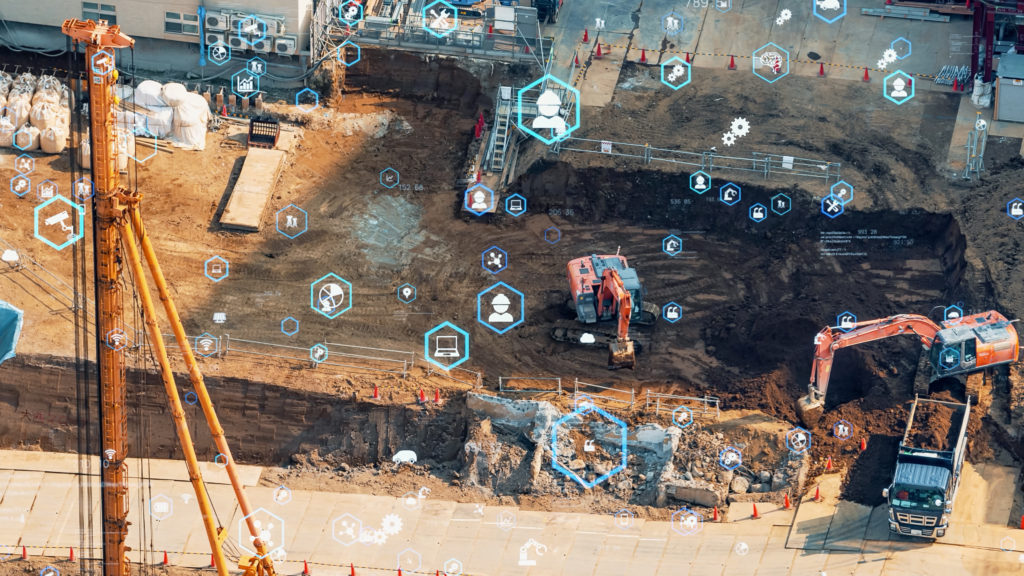The role of mine electrification in a digital era

In envisioning the mines of the future, electrification emerges as a transformative cornerstone, heralding a paradigm shift in the mining industry’s operational landscape. Gone are the days when diesel-powered machinery dominated the extraction process. Instead, a new era of sustainability and efficiency is dawning, powered by electric technologies at the core. North American surface mines started testing out heavy-duty electric equipment — mainly haul trucks attached to electric trolley lines — in the 1990s. Additionally, Canada was one of the first countries to introduce battery-powered electric vehicles (EVs) to underground mining in 2012.
Electrification promises not only to revolutionize the operational dynamics within mines but also to redefine their environmental footprint, aligning with global efforts towards decarbonization and sustainability. It is clear that electrification will serve as a primary component of the mines of tomorrow, signalling a new era of innovation, efficiency, and environmental stewardship by leveraging synergies between other technologies, connecting business and operational key performance indicators (KPIs) and aligning talent and capital.
Synergizing electrification with mining tech
When thoughtful electrification programs are combined with those addressing analytics, autonomous mining, software, and IoT, there is synergy driving needed disruption in today’s mining industry. Rather than addressing electrification in a vacuum, a holistic view of the entire ecosystem of technologies being considered for use in current and future mine planning and operations scenarios is necessary to understand how the benefits of each can be optimized and accelerated. Assessing and planning for an electric mobile fleet transition without an outlook on the automation roadmap, or preparing for fleet management data and analytics software, is doing a disservice to the potential of your ultimate fleet.
Recognizing that the current vision of the fleet and its role in future mining operations will evolve over the next five years can provide planners with reassurance, understanding that market readiness may not always match their business readiness. In an industry traditionally reliant on proven technologies, adopting a mindset focused on progress rather than perfection is crucial for achieving tangible advancements.
By strategically integrating the technical and commercial dimensions of electrification with cutting-edge technologies and a firm commitment to meaningful impact, we can propel future outcomes, drive bottom-line growth, and foster genuine sustainability.
Connecting electrified operation KPIs to business metrics
The KPIs of electrified fleets and, in turn, operations hold significant relevance to overall business KPIs. For instance, understanding the energy consumption patterns during different phases of production can reveal opportunities for optimization. Aligning energy (i.e., vehicle usage) with production schedules is inherent to minimizing waste and reducing costs in any operation. Moreover, identifying areas of high energy consumption relative to production output can highlight inefficiencies that may require attention, such as vehicle malfunctions or suboptimal procedures.
However, beyond this, there is a notable gap in comprehending the full business value of an electrified fleet. There is great opportunity to translate conventional electric vehicle KPIs into pertinent metrics for the mining sector. This understanding underscores the necessity to adapt methodologies and operational approaches to maximize the value extraction in mining operations.
Decarbonization, talent, and capital alignment in electrified mines
Genuinely integrating environmental, social, and governance (ESG) principles into any business strategy is crucial. Companies with a clear sense of purpose are three times more likely to retain employees and outperform the S&P by ten times. However, merely having a purpose is not sufficient; it must be communicated effectively both internally and externally.
Incorporating actions that generate genuine long-term value and focusing on ESG factors like electrification into your talent narrative is essential. Engage your employees by offering opportunities to contribute to the discussions and innovate alongside leadership with appropriate change management and employee readiness programs. Foster a culture that actively promotes and celebrates open innovation daily, going beyond simply welcoming bottom-up ideas.
Expanding on the importance of people, we are navigating a landscape where consumers are increasingly thoughtful and conscientious. Their preferences significantly influence the capital accessible to mines of every scale. As outlined in this year’s EY’s Top 10 Risks and Opportunities in Mining and Metals, capital rose to the number 2 spot as the mining sector grapples to fund the expansions required to meet increasing demand for minerals crucial to the energy transition. However, miners will need to balance continued economic returns with more investment in digital, decarbonization, and of course ESG.
In today’s rapidly evolving mining landscape, electrification emerges as a transformative force, synergizing with cutting-edge technologies to drive disruption. Yet, addressing electrification in isolation risks missing out on its full potential. A holistic approach, integrating electrification with analytics, autonomous mining, software, and IoT, is imperative for optimizing benefits across mining operations. This integration demands a forward-looking mindset, recognizing that the role of electrified fleets is evolving, necessitating alignment with both short term and long-term market and business readiness.
As electrification becomes increasingly central to mining operations, connecting electrified operations KPIs to broader business metrics becomes essential. Aligning electrification-enabled decarbonization efforts with talent retention and access to capital becomes critical for driving growth and fostering genuine sustainability for the industry and for future generations.
EY Canada’s consulting practice includes Jason Clifton as a partner and Karen D’Andrea as a manager. To learn more about main electrification, visit https://www.ey.com/en_ca/mining-metals
Comments